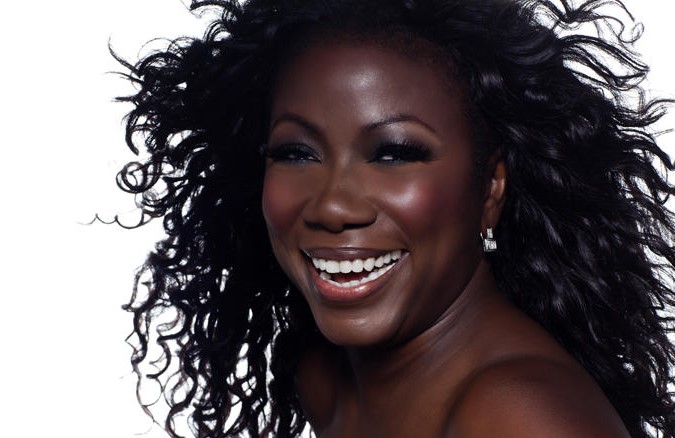[ad_1]
It seems like everybody has a hair extension line nowadays, but Karen Mitchell, founder of True Indian Hair, is a veteran in the weave game. She’s been running her successful business, which offers virgin hair extensions and wigs worn by celebrities including Lil’ Kim, Marlo Hampton, Rihanna, and Taraji P. Henson, for more than 14 years. Her brand has been featured on the covers of magazines including Vogue, Time, and Essence, and she’s prided herself in offering a quality product that has stood the test of time.
“We were lucky enough, because of what we sell and the standard of offering pure virgin hair, to maintain our client base,” Mitchell says. “I’ve had customers who have gone to try other hair brands, and many have come back to me and said, ‘Yes, I cheated but I had to come back because [the hair] wasn’t performing as well as your hair.’ I think part of the success of my company is the trust. I’ve maintained the integrity of the product for all these years.
In leveraging that brand loyalty, Mitchell wanted to find a way not only to better serve her customers but to expand her brand to offer something that could complement the product she already offers. She had a light bulb moment and decided she’d jump into the multimillion-dollar haircare market, birthing True Hair Care: Moisture Rich.
The savvy entrepreneur offers three tips for branching out to extend your brand and how entrepreneurs can make strategic moves in doing the same.
3 Tips How to Launch a Product
Listen to your customers and find a way to serve them
For Mitchell, launching a product line wasn’t about following trends. It was more about meeting a need within her client base. “I had a customer complain that the hair [she purchased] tangled,” Mitchell recalls. “All hair tangles, but if you’re not using the right products, you won’t get the life out of the hair [that you should.] I saw that my clients were using other shampoos and conditioners, and while that’s fine, some products don’t work well with virgin hair.” Mitchell also wanted to create something that could be effective both for her customer’s natural hair and the extensions, addressing an issue with streamlining product use and providing a more affordable option for clients who were using different products for the wigs they wore and the hair growing under them.
Do your research and rely on offering quality, not gimmicks
“I wanted to offer a product that would work with the extensions as well as maintain their natural hair,” she says. “I kept recommending other products to customers—-there are great products out there—but then I said, ‘I need to do my own. It’s time.’ Mitchell took a year and began researching labs. She then created a few formulas for shampoos and conditioners and testing them. She took the same approach that she takes when sourcing hair for her company, going through several rounds of testing, taking the time to determine product compatibility and quality, and using the products herself to find out what worked and what didn’t. “For a product to make money, it has to perform. It has to be good,” she adds. “I had to be really confident in that.
Utilize your network in expanding brand trust and boosting marketing efforts
Mitchell had an early indication of the potential for success of the line: A stylist used the product on reality star and entrepreneur Angela Simmons—who posted a viral video recommending the line’s detangler as a product she loves using on her natural hair—just weeks after it launched. Mitchell sent products to professionals in her network who’s feedback and insights she could trust would be constructive and honest. “The feedback has been amazing. A lot of the stylists have said the product is great. If your product is great, and your marketing is great, you will do well.
[ad_2]
Source link


